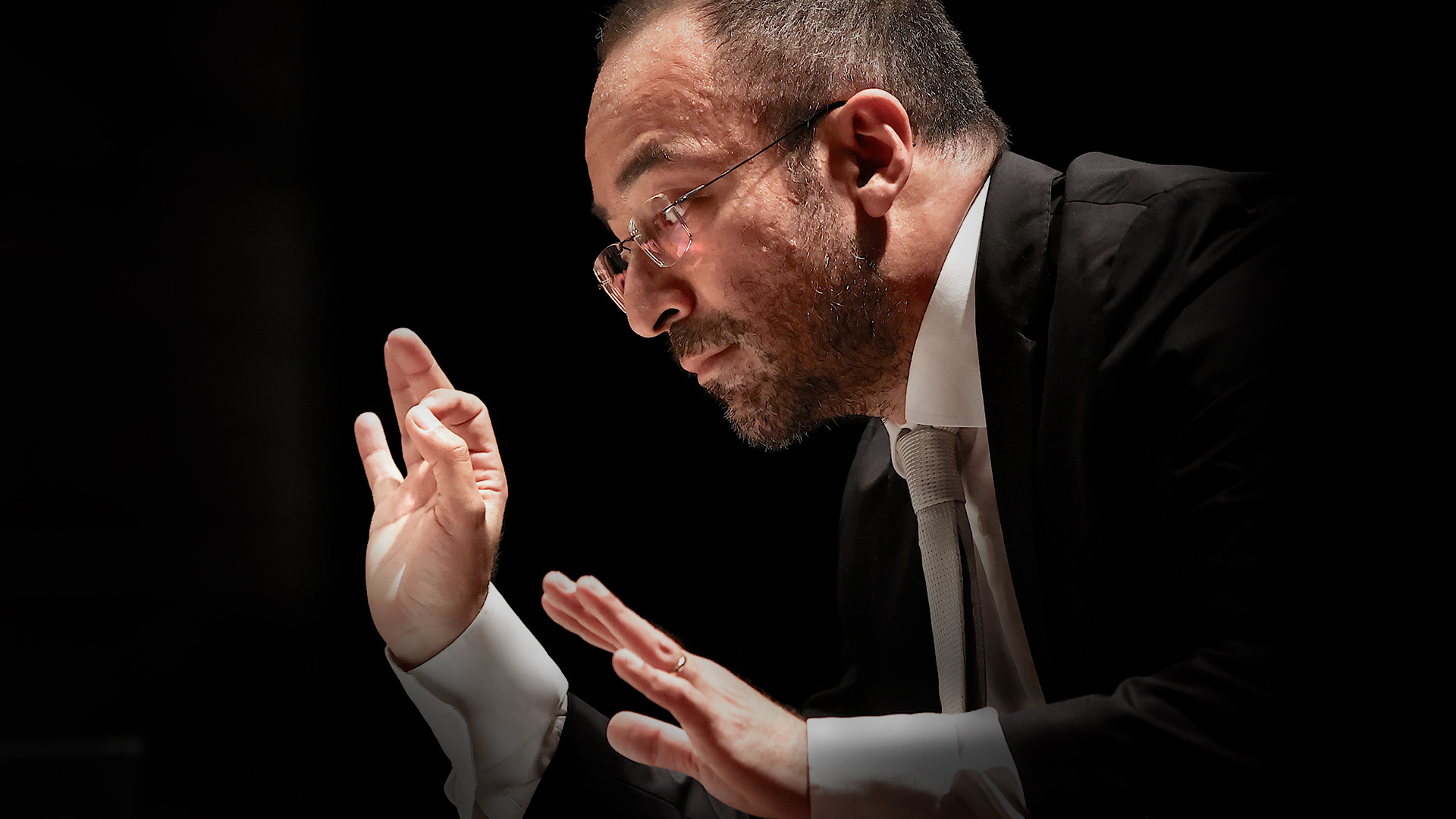LUDWIG VAN BEETHOVEN
Egmont op. 84
for soprano, speaker and orchestra
FRANZ JOSEPH HAYDN
Missa in tempore belli (Paukenmesse) Hob:XXII:9
Reciting voice
Giancarlo Judica Cordiglia
Soprano
Benedetta Torre
Mezzosoprano
Laura Verrecchia
Tenor
Matteo Falcier
Baritone
Alessandro Luongo
Director
Riccardo Minasi
Orchestra e Coro dell’Opera Carlo Felice Genova
Choirmaster Claudio Marino Moretti
In collaboration with Teatro Nazionale di Genova
Beethoven composed the stage music for Egmont, a 1788 tragedy by Johann Wolfgang von Goethe, between 1809 and 1810. The idea of creating stage music for an already realised and conceived tragedy without musical accompaniment arose from the composer’s great and spontaneous admiration for the playwright’s work. As was often the case in those years, Beethoven’s expressive dimension followed extra-musical inspirations often linked to the concepts of heroism, freedom and self-determination of peoples – concepts that found immediate relevance in the historical contingencies and consequently in the artistic and philosophical production of the time. In the case of Goethe’s tragedy, the subject matter was akin to this inclination, narrating the story of the Count of Egmont (1522-1568), a Dutch warrior who defended the rights of the Netherlands during the Eighty Years’ War against Spanish rule and was condemned to death for it. The drama explores the interiority of the hero, the very personification of the struggle for national independence and freedom. The creative process resulted in an overture followed by nine sections comprising two arias from Klärchen (Egmont’s beloved woman) that Beethoven composed specifically for the first performer Antonie Adamberger, four instrumental interludes, a piece describing the suicide of the beloved in the face of Egmont’s death sentence, a melologue of Egmont conversing in a dream with Klärchen during his imprisonment (in which a reciting voice is accompanied by the orchestra), and a final symphony known as the ‘Symphony of Victory’, celebrating the victory of the ideals that survive the hero’s defeat. The overture has an almost operatic character, with an articulated form that anticipates the themes and content of the following development – for this aspect summarising the dramatic content and because of its great sonic impact it is often performed on its own. The arias dedicated to Klärchen ‘Die Trommel gerühret’ and ‘Freudvoll und liedvoll’ are themselves among the most famous Beethovenian arias of their kind. The interludes and the piece dedicated to Klärchen’s suicide maintain a descriptive and epic setting, as well as the great attention to instrumentation that characterises all stage music; it was Goethe himself, who reciprocated Beethoven’s admiration, who suggested the order of performance. The first performance of Egmont with the stage music took place on 15 June 1810 in Vienna, although several changes and adaptations leading to the present form were made in the months that followed.
Franz Joseph Haydn’s Missa in tempore belli dates back to 1796, a period in European history that saw the composer’s beloved Vienna troubled by the aftermath of the French Revolution and the first Napoleonic exploits. For several years Haydn had not engaged in sacred music for political reasons, as Joseph II – the proponent of enlightened absolutism – had discouraged such production with the aim of making Austria a less confessional state. After the emperor’s death and given the emerging conflicts between Austria and France, even in the opposition between Austrian Catholicism and French atheism, Austria manifested its national identity, and sacred music was again frequently commissioned and performed. In 1796 alone, Haydn composed two masses: the Missa Sancti Bernardi da Offida and the Missa in tempore belli. The latter in particular conveys with great intensity the strength of the composer’s Catholic faith, as well as his desire to reflect on his own contemporaneity through a genre so well established in the history of music. The opening Kyrie, the plea to God for forgiveness, is surprisingly assertive and triumphant, a character also echoed in the Gloria. The Credo introduces in the passage ‘Et incarnatus est’ the feeling of sorrow before the story of God made man. In the Sanctus and Benedictus Haydn then expresses different facets of the relationship between man and God, moving from a more intimate and lyrical tone to luminous moments of profound gratitude. In the Agnus Dei, it is the instrumentation that suggests the military atmosphere announced by the title, with the important use of timpani and trumpets (hence the second title: Paukenmesse, ‘Mass of the timpani’); significantly, it is the text of the Agnus Dei that collects the final imploration ‘Dona nobis pacem’, which in this case transcends the liturgical moment by referring also to the circumstances of war, in the face of which earthly peace is invoked.
Ludovica Gelpi
